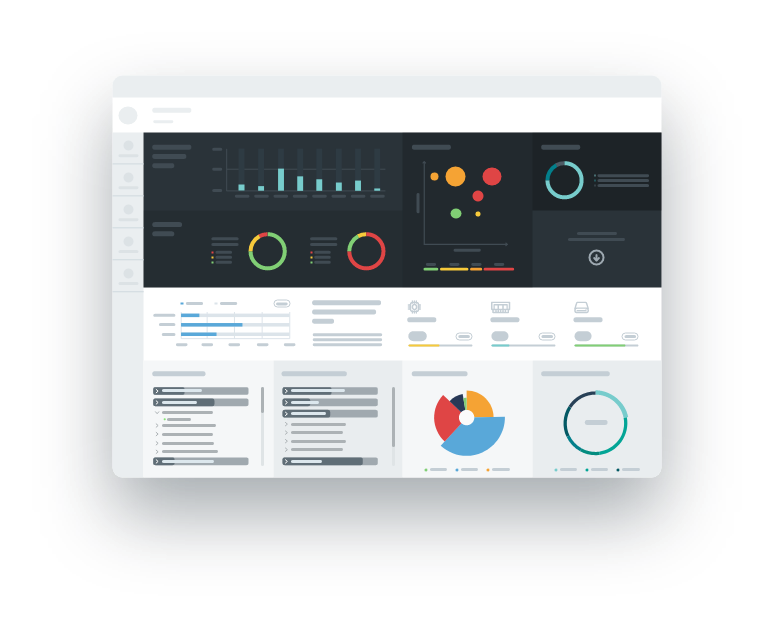Technical Debt – Where Does it Come From?
Technical Debt is inevitable in any IT infrastructure.
- The business software we buy and install will one day be
un-supported by the company who made it. - Servers slow down over time.
- Firmware inversely offer more performance and output
of our hardware.
We continually have to make decisions on updates to our hardware and software with new patches and new security.
We make these decisions based on the best available information we have at any given time. Those decision have implications for the future – Good or bad they are the cause of our Technical Debt.
